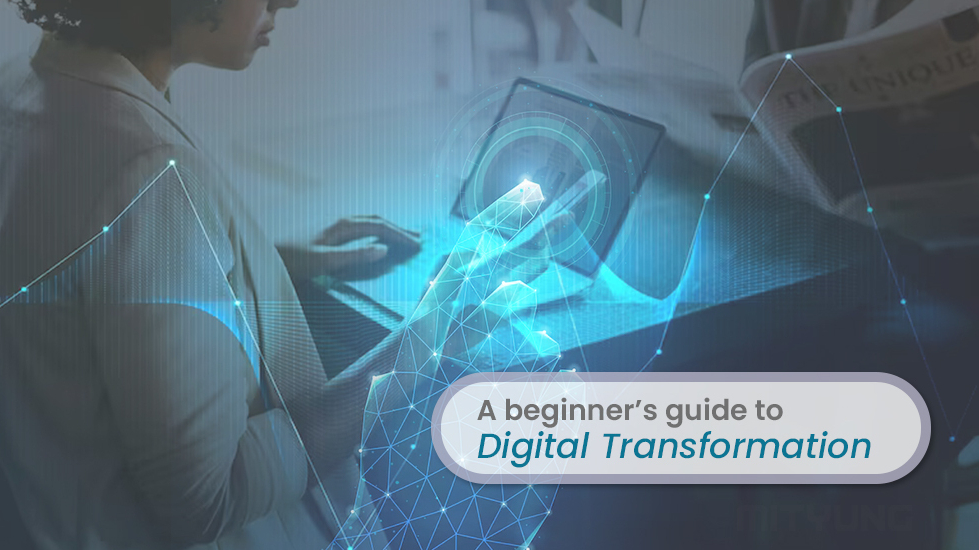-
Our Services
-
Healthcare IT Solutions
-
IT Consulting Services
-
Data Science
-
Cloud Computing
-
Information Security Solutions
Related Post

IT Solutions
May 29, 2023
5 Key Areas of Digital Transformation Development in 2023
Introduction:As organizations strive to stay competitive in a rapidly evolving b...

IT Solutions
May 30, 2023
A Beginner's Guide to Digital Transformation
Digital transformation is the process of using digital technologies to fundament...

